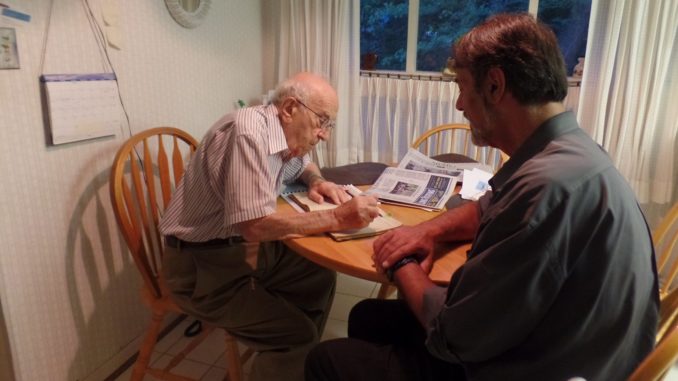
DAVID BAYER – Holocaust survivor Auschwitz and Jaworzno
Born to Jewish parents Manes and Sarah Bayer in Kozienice in southeastern Poland, David Bayer was the second of 4 children. His life as a teenager attending school, playing sports and assisting in his father’s shoe factory would be shattered after Germany invaded Poland on 1 September 1939. By October, Bayer would be living in a country that ceased to exist having been divided between Germany and Russia.
His family fled to the forest after the town was bombed and returned to find their home looted and occupied by German soldiers; the family business confiscated.
The local Jewish population including Bayer and his family would be forced into a ghetto with the onset of winter. The camp became increasingly cramped as the Nazis shrunk the area while simultaneously forcing Jews from outlying districts into the camp – the camp itself would later be entirely enclosed. Food of any kind became a prized commodity. “The worst thing you can do to a human being is to cage him, and then not give him anything to eat. It’s worse than how you would treat the worst kind of animal.” David Bayer. Bayer’s survival ordeal over the next 5&1/2 years would continuously hinge on the daily struggle to find sustenance.
In September 1942, while he was out foraging for food in nearby fields, most of the ghetto detainees, including the Bayer family were deported to Treblinka concentration camp where they were killed. Days later he was smuggled back into Kozienice and worked with the few remaining Jews cleaning the ghetto.
In December 1942, Bayer was deported to Pionki labor camp where he was forced to work in a gun powder producing factory. The prisoners there including Bayer were sent to Auschwitz-Birkenau in 1944 where he was tattooed with prisoner number “B74.” At Auschwitz, he was forced to undergo medical experimentation; his uvula was removed without an anesthetic.
Bayer was later assigned to the coal mines at Jaworzno, a subcamp of Auschwitz. During the winter of 1944-45, Jaworzno was evacuated and the prisoners were sent on a death march. After a brief stay at Blechhammer, another subcamp of Auschwitz, Bayer escaped into the forest where he was liberated by Russian soldiers. He weighed only 70 lbs.
Bayer made his way to the Forenwald displaced persons camp in the American sector of West Germany. In 1947, he moved to Panama then to Palestine to fight in Israel’s War for Independence (1948).
In 1955 Bayer settled in Washington, DC, marrying Adele Abramowitz in 1958. They have two children and two grandchildren, Bayer is a volunteer at the United States Holocaust Memorial Museum.
I wrote to the Holocaust Museum in Washington DC after reading about Mr. David Bayer, a holocaust survivor and volunteer at the museum. My enquiries were kindly responded to by Emily Potter, Program Coordinator Survivor Affairs and her colleague Steven Vitto who agreed to coordinate a meeting with Mr. Bayer. Unfortunately, Mr. Bayer’s was unable to health deteriorated in the interim so that during my visit, Emily introduced me to Ms. Nesse Godin instead.
I returned to St. Lucia in July but I left the logbook with my sister Simonne Devaux Quiros who coordinated with Steven to get the book to Mr. Bayer who signed and graciously sent along a copy of his memoir outlining his gutting experiences of the holocaust.
https://www.ushmm.org/remember/office-of-survivor-affairs/survivor-volunteer/david-bayer
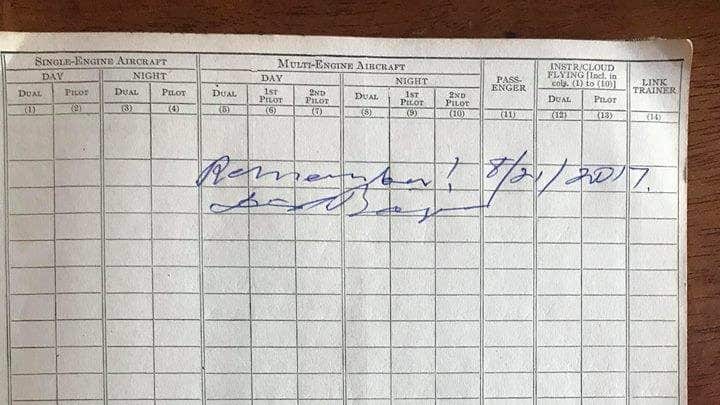



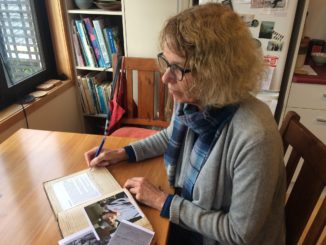
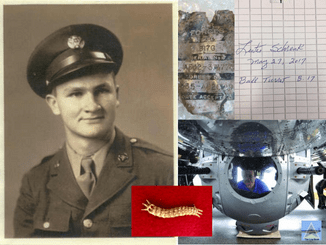
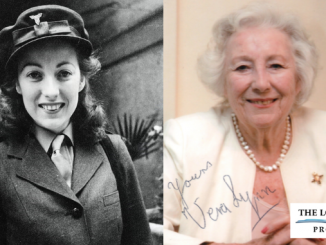
Be the first to comment